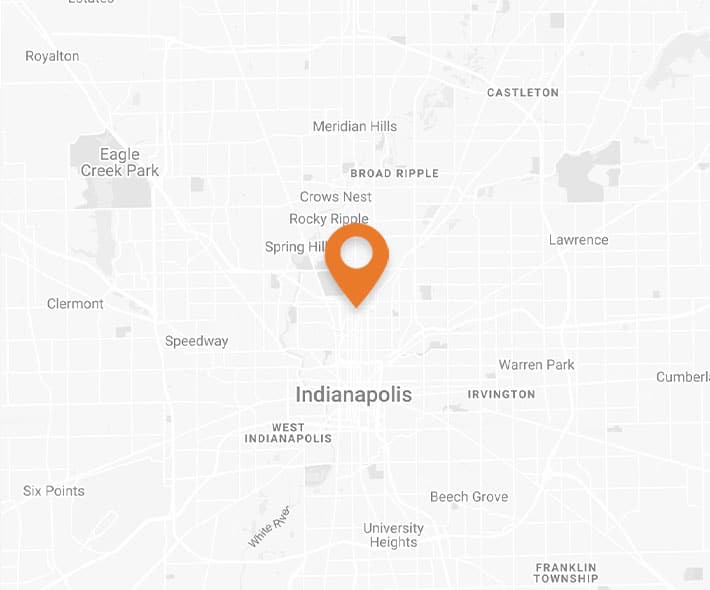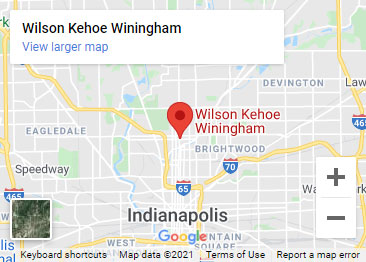Risks of Brain Injuries in High School Athletes Lessens
Updated May 3, 2023 | By Wilson Kehoe Winingham staff
Both the National Collegiate Athletic Association (NCAA) and the National Football League (NFL) have mandatory concussion safety protocols for their athletes. While concussions and head injuries are hard to avoid in football, college and professional football players are required to be evaluated, managed, and treated by a team of professionals.
High school football players, on the other hand, don’t have the same requirements—even though they are playing the same game.
Risks of Injuries in High School Athletes
Concussions in high school athletics, particularly boy’s football, continues to increase. Dr. Wellington Hsu of Northwestern University’s and the American Academy of Orthopedic Surgeons found that even though the amount of players participating in high school football is decreasing, the rate of concussions is rising.
A seven-year-long study performed by the Purdue Neuro-trauma Group discovered that, even without a clinical diagnosis of a concussion, high school students were already showing signs of damaged neurological function and brain activity after jars to the head. These researchers focused on pre-concussive head injuries since they typically lack symptoms associated with concussions. Evidence showed that these head injuries—the ones that go unnoticed—are potentially the most harmful, cause the most long-term damage, and happen more frequently.
According to the Centers for Disease Control, 45 percent of all emergency department visits for children were the result of a contact sport. In 2017, about 2.5 million high school students self-reported they had at least one sports-related concussion that year. Additionally, in a recent study done by the Journal of the American Medical Association, about sports-related concussions in 8th, 10th, and 12th graders, an astounding 20% of students reported having concussions at least once; 5.5% reported having concussions twice.
Concussions in high school athletes continue to be a problem in the United States. All 50 states currently have a “Return To Play” law, but can be challenging to follow as they do not always have standards or guidelines on enforcing the laws. The CDC argues that more research needs to implemented into policies to protect teens and children from concussions.
Individual State Concussion Laws
The management of concussions in high school football players hasn’t been as regulated as professional or college football. Programs like the CDC’s Heads Up is a resource for parents, student-athletes, and coaches to learn more about concussion prevention and response.
In January 2014, Mississippi Governor Phil Bryant signed the Mississippi Youth Concussion Act, which meant that every state had its own mandatory concussion law. Until then, there wasn’t a standard protocol for a student obtaining a concussion while playing football.
The sports concussion law exists so that mandatory concussion protocols are implemented for the safety of all school and youth athletes. Much like the NCAA and NFL, the protocol touches on issues such as:
- Removal from play or competition
- Baseline cognitive assessments
- Concussion education for parents, coaches, and student-athletes
- Return-to-learn and return-to-play processes
There are variations in these protocols by state. It’s up to the coaches and other athletic professionals to evaluate, develop, and implement the mandates required by their state’s legislation.
Concussion Management Laws in Indiana
The State of Indiana Concussion Law is applicable only to students in grades 9 through 12 who participate in interscholastic or intramural sports. If suspected or diagnosed with a concussion, the law recommends removing the student from competition immediately.
As an extension to the law, in July 2017, coaches at all public schools are required to participate in concussion management training. The training gives them civil immunity to protect them against any lawsuits pursued by injured student-athletes. In December 2018, the Indiana Concussion Law was expanded once again to require assistant and head coaches for students from 5th grade to 12th grade to take additional education courses.
The Indiana High School Athletic Association received reports of 2,200 concussive events in the 2014–2015 academic year alone. This number far surpasses the rate of concussions in college football, possibly due to the fact that high schoolers are at a much higher risk for concussions and catastrophic head injuries because their brains are still developing. During developmental stages, the teenage brain is much more fragile than the brains of adult athletes competing at the college and professional level.
Contact a Brain Injury Attorney Today
If you or your child has suffered from a concussion that was caused by negligence, contact the Indianapolis Brain Injury Attorneys of Wilson Kehoe Winingham. The lawyers at WKW can help you get the compensation you deserve. Call 317.920.6400 or fill out an online contact form for a free, no-obligation case evaluation.
Contact Us
Let WKW put our experience to work for you. Contact us for your free case evaluation.
Or, call us today at (317) 920-6400


